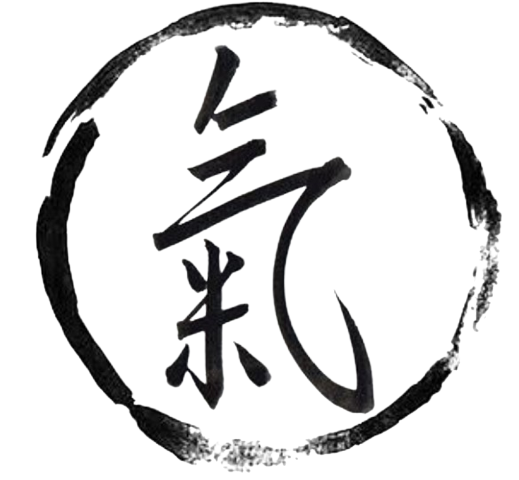History of Qigong

Qigong (also spelled chi kung or qi gong) is a system of exercise and meditation that originated in China thousands of years ago. The word qigong is composed of two Chinese characters: qi, meaning energy or life force, and gong, meaning work or cultivation. Together, they refer to the practice of working with the body's energy to promote health, vitality, and spiritual development.
The exact origins of qigong are unclear, but it is believed to have developed from ancient shamanic practices and traditional Chinese medicine. The earliest recorded references to qigong date back to the Han dynasty (206 BCE-220 CE), when it was used as a form of healing and martial arts training.
Over the centuries, qigong has evolved and branched into many different styles and forms, each with its own techniques, movements, and philosophies. Some styles emphasize breathing and meditation, while others focus on physical movements and postures. Some styles are designed for health and well-being, while others are geared toward martial arts or spiritual development.
In the 20th century, qigong became more widely known in the West, as teachers from China and other countries began to share their knowledge and practices with Western students. Today, qigong is practiced by millions of people around the world, and is recognized as a valuable tool for promoting health, relaxation, and spiritual growth.